A Brief Introduction to Hydroxypropyl Methylcellulose (HPMC)
I. Product Details:
Chemical Name: Hydroxypropyl Methylcellulose
Full English Name: Hydroxypropyl Methyl Cellulose
Abbreviation: HPMC
II. Physical and Chemical Properties:
Appearance: White or off-white powder.
Particle Size: Over 98.5% pass through 100 mesh; over 100% pass through 80 mesh.
Char Temperature: 280-300°C
Bulk Density: 0.25-0.70/cm³ (usually around 0.5g/cm³), specific gravity 1.26-1.31.
Discoloration Temperature: 190-200°C
Surface Tension: 42-56 dyn/cm for 2% aqueous solution.
Solubility: Soluble in water and some solvents (e.g., ethanol/water, propanol/water, trichloroethylene).
HPMC Characteristics: Vary with methoxy content, gel point, water solubility, and surface activity.
III. Characteristics of HPMC:
HPMC integrates various physical and chemical properties, making it versatile for different applications:
Water Retention: Maintains moisture on porous surfaces like cement boards and bricks.
Film Formation: Forms a clear, tough, and flexible film with excellent grease resistance.
Organic Solubility: Dissolves in organic solvents like ethanol, ethylene glycol, and binary solvent systems.
Thermal Gelation: Forms a gel upon heating, reverting to a solution upon cooling.
See also:
Chemicals
Hydroxy Ethyl Cellulose (HEC): A Versatile and Eco-Friendly Additive
Is it safe to consume dicalcium phosphate?
Explore the Mystery of Hafnium Wire
What Is Eprinomectin Used For?
What are the types of cell culture consumables ?
Frequently Asked Questions about PP FibersSurface Activity: Provides surface activity in solutions for emulsification, colloid protection, and stabilization.
Suspension: Prevents solid particle precipitation, inhibiting the formation of sediment.
Colloid Protection: Protects against droplet and particle agglomeration or coalescence.
Adhesion: Acts as a binder in pigments, tobacco products, and paper items with excellent functionality.
Water Solubility: Dissolves in varying concentrations in water, limited only by viscosity.
Nonionic Inertness: A nonionic cellulose ether that does not form insoluble precipitates with metal salts or other ions.
pH Stability: Suitable for use in the pH range of 3.0-11.0.
Odorless and Tasteless: Used as an additive in food and pharmaceuticals without affecting taste or metabolism.
IV. HPMC Dissolution Methods:
HPMC dissolves slowly in water. Recommended dissolution methods include:
Hot Water Method: Disperse HPMC in hot water and cool under stirring.
Powder Mixing Method: Mix HPMC powder with equal or larger amounts of other powders, then dissolve in water.
Organic Solvent Wetting Method: Pre-disperse or wet HPMC with organic solvents like ethanol, ethylene glycol, or oil, then dissolve in water.
V. Main Applications of HPMC:
HPMC serves as a thickening, dispersing, emulsifying, and film-forming agent. Industrial-grade HPMC finds applications in daily chemicals, electronics, synthetic resins, construction, and coatings.
Suspension Polymerization: Stabilizes hydrophobic monomers in the production of synthetic resins like PVC.
Construction Material Formulations: Used in adhesives and fillers for gypsum-based tapes, cement bricks, mortar for gypsum board bases, structural plaster, and paint formulations.
Overall Functionality: HPMC enhances product properties, providing improved adhesion, viscosity, and stability.
In conclusion, this brief overview aims to aid in understanding the diverse applications and properties of Hydroxypropyl Methylcellulose (HPMC).
The 6 best spray adhesive for automotive
How to Use Polycarboxylate?
What Is Polycarboxylate Used for in Dentistry?
What Are the Sizes of Photo Paper? What Are the Types of Photo Paper?
What Are the Precautions for Using Photo Paper?
Ultimate Guide to Styrene Butadiene Rubber Powder
What are the advantages of using SBR Powder?
33
0
0
All Comments (0)
If you are interested in sending in a Guest Blogger Submission,welcome to write for us!



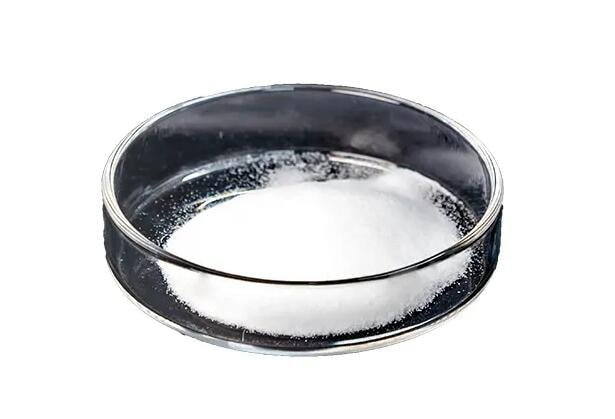


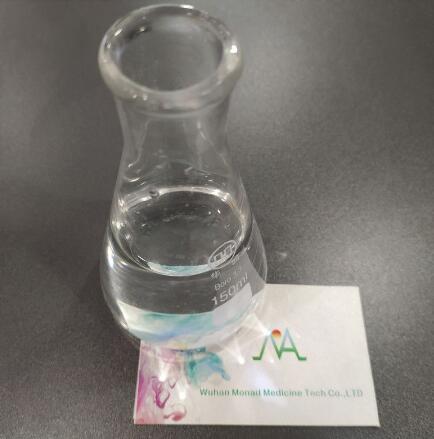
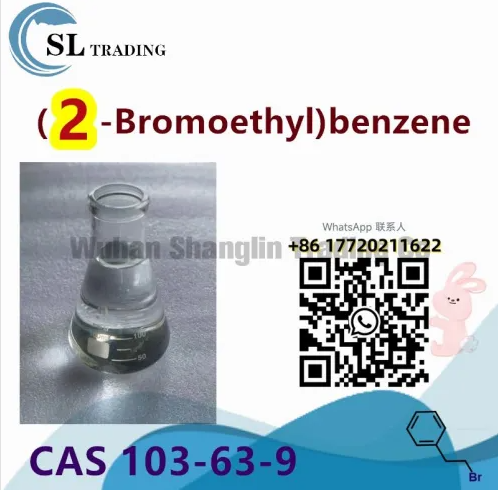
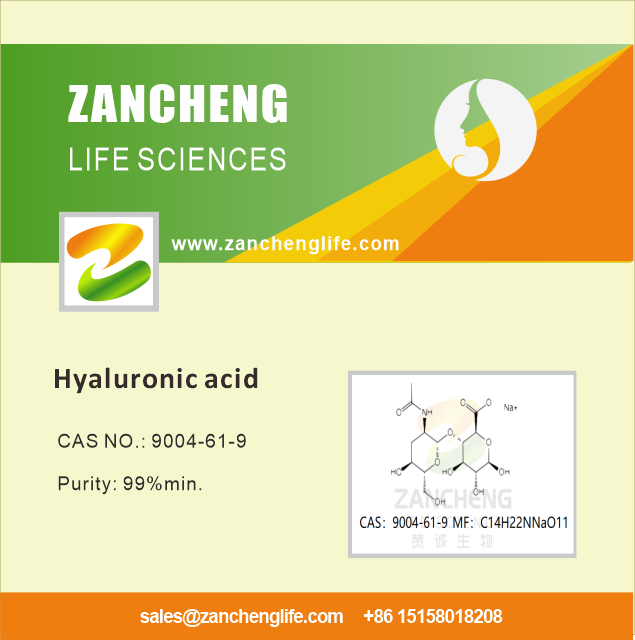
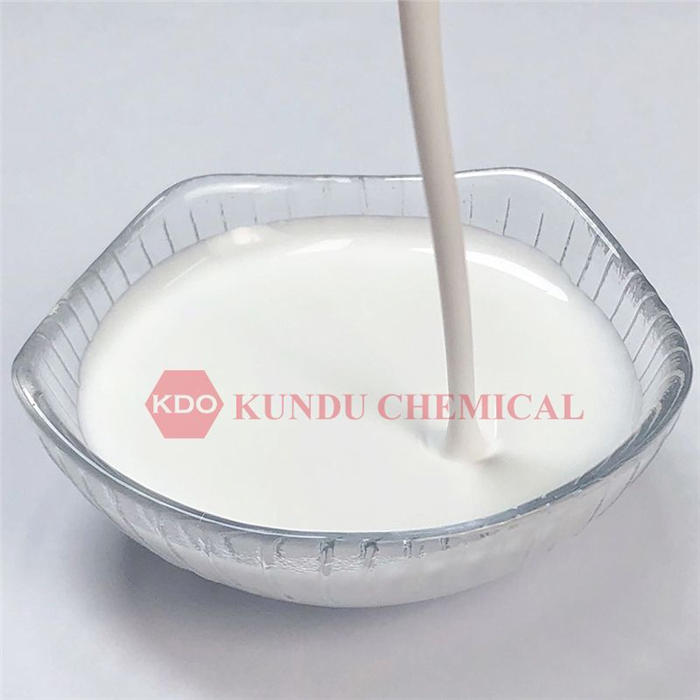

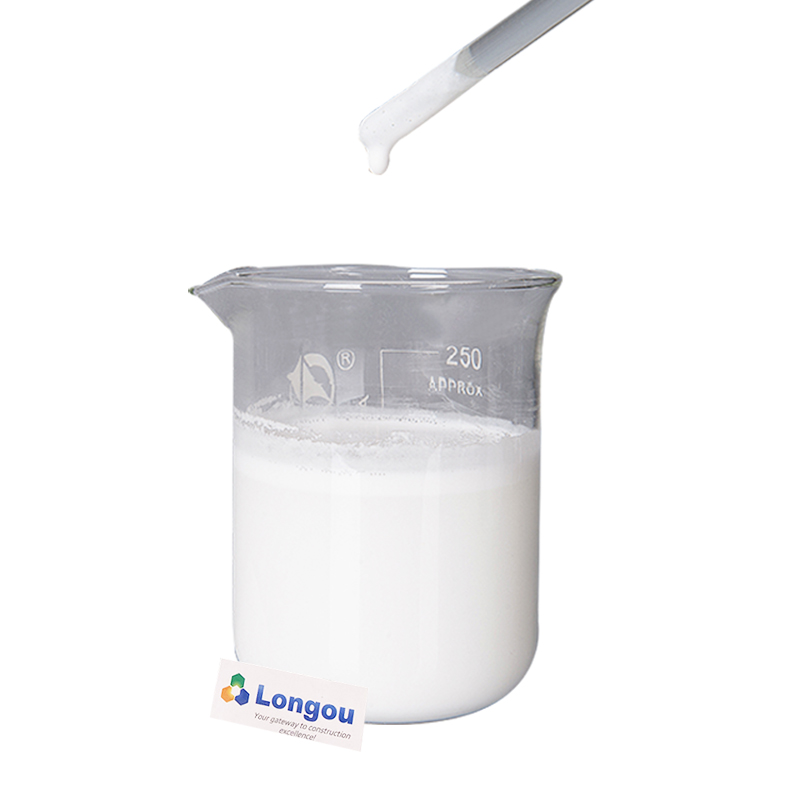

Comments